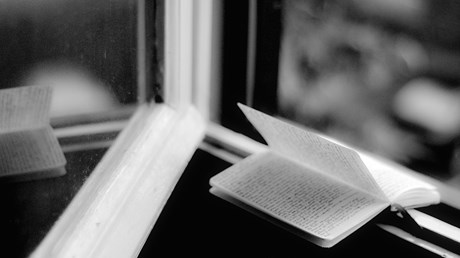How models from literature guide us toward the good.

We cannot concoct holiness on our own, decide what it looks like without examples, or try to become holy without other people. The goal is to be remade into God’s likeness, and we do so by imitating models of holiness.
When we read stories of holiness, we live vicariously through those stories, then we body them forth in our reality. The models become part of our imagination, our way of seeing how to live a holy life. For me, when I try to imagine how to be holy, I have a cloud of witnesses—from Dostoevsky’s Father Zosima to Walker Percy’s Father Smith to Willa Cather’s Archbishop Latour to Toni Morrison’s Baby Suggs.
You’ll notice in the novels that I have chosen to explore that these characters are not perfect; they are not goody-goodies, and their stories are not hagiographies. Rather, these figures exhibit the reality of our common sinfulness as they chase after holiness with greater and lesser diligence.
Some characters encounter saints along their journey and share the experience with the reader, that we may long for such sanctity. Others attain holiness at the end of their long, wayward lives. But none of these figures are satisfied with their self as it is; all of them desire holiness. It is the story of a life lived in longing for the holy that I most want to emulate.
In Dostoevsky’s last novel, The Brothers Karamazov, his rebellious nihilist Ivan Karamazov sets forth a convicting argument against God, complete with a host of newspaper accounts of suffering children as evidence against a good, omnipotent Creator and a narrative poem that illustrates Christ’s impotency.
How is Dostoevsky to defeat such a robust intellectual attack against God? He does so by recounting ...
from Christianity Today Magazine
Umn ministry


.gif)

.gif)
.gif)
